Search Images
Browse Content (p. 1680)
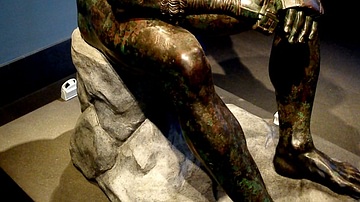
Image
Boxer of Quirinal
The bronze Boxer of Quirinal, also known as the Terme Boxer, is a Hellenistic Greek sculpture dated around 330 BCE of a sitting boxer with Caestus, a type of leather hand-wrap, in the collection of the National Museum of Rome. It is one of...
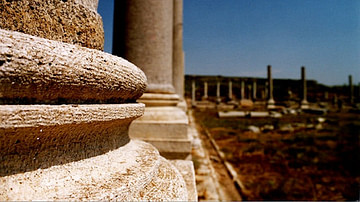
Image
Perga / Perge
Perge was an ancient Greek city in Anatolia and the capital of Pamphylia, the Archaeological site of Perge has been excavated systemically by Istanbul University since 1946. Archaeological finds in Perge date back to different periods beginning...
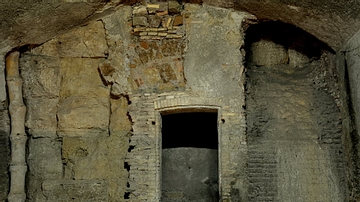
Image
Crypta Balbi, Rome
View of one of the areas of Crypta Balbi , the site, which is one of the most complex among the sites of underground Rome, presents different phases ranging from Roman times until 1700.
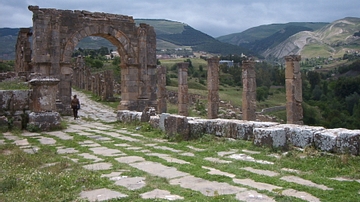
Image
Cuicul Cardo Maximus
Djemila / Cuicul, the cardo seen from the civil basilica
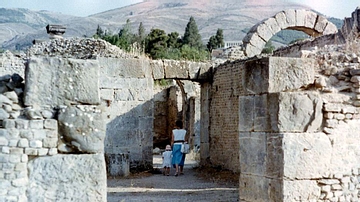
Image
Cuicul Thermae
Built in 183 AD in Djemila (Roman Cuicul) during the reign of the Emperor Commodus, these thermae known as the Baths of Caracalla cover an area of 2600 m2. Different rooms: lockers (apodyterium); gym; dry oven (laconicum); humid chamber...
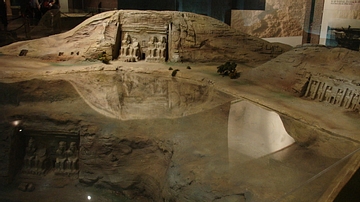
Image
Abu Simbel - Plastic
Final plastic, which shows the original position of the temples of Abu Simbel (1300 BC) and the final position after the grand relocation.

Image
Djemila Museum
Museum of Djemila (Roman Cuicul in modern-day Algeria): The Museum is to the left on entering the site and, as ever, is best visited before the ruins. At quiet times, it is kept locked, but will be opened if you ask at the entrance to the...
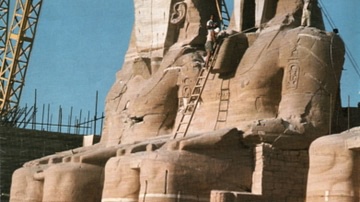
Image
Abu Simbel - Work in Progess
View of work in progress, during the repositioning of the temples of Abu Simbel, relocated 60 meters high and 200 meters back from its original position
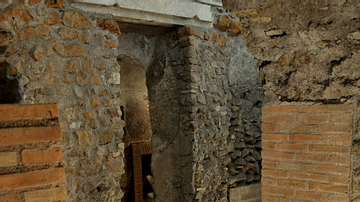
Image
Crypta Balbi
View of one of the areas of Crypta Balbi, the site, which is one of the most complex among the sites of underground Rome, presents different phases ranging from Roman times until 1700 CE.
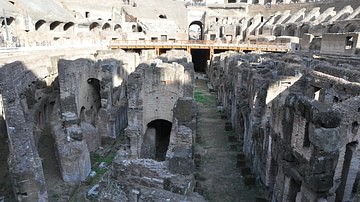
Image
Colosseum Floor (Hypogea)
View of the underground rooms of the Colosseum. The Flavian amphitheater, built between 72 and 80 AD, has two floors built below the cavea, using what was perhaps the pond of Nero.